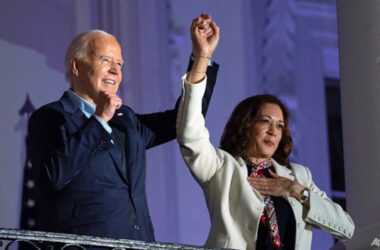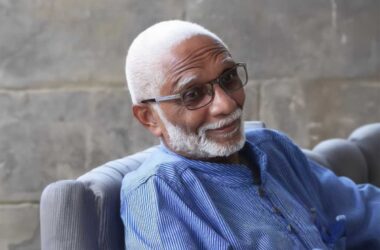(An extraction from Earth Negotiations Bulletin: A Reporting Service for Environment and Development Negotiations: Vol. 12 No. 714 Online at: http://enb.iisd.org/climate/cop23/enb/ Tuesday, November 21, 2017
THE UN Climate Change Conference convened from November 6-17, 2017, in Bonn, Germany under the Presidency of Fiji. It included the 23rd session of the Conference of the Parties (COP 23) to the UN Framework Convention on Climate Change (UNFCCC), the 13th session of the Conference of the Parties serving as the Meeting of the Parties to the Kyoto Protocol (CMP 13), and the second session of the Conference of the Parties serving as the Meeting of the Parties to the Paris Agreement (CMA 1-2). Three subsidiary bodies also met: the 47th sessions of the Subsidiary Body for Scientific and Technological Advice (SBSTA 47) and Subsidiary Body for Implementation (SBI 47), and the fourth part of the first session of the Ad hoc Working Group on the Paris Agreement (APA 1-4).
The UN Climate Change Conference brought together over 16,000 participants, including over 9,200 government officials, 5,500 representatives of UN bodies and agencies, intergovernmental organizations and civil society organizations, and 1,200 members of the media.
Negotiations, which did not conclude until early on Saturday morning (November 18), focussed on the various aspects of the Paris Agreement work programme. Parties adopted 31 decisions, 24 under the COP, seven under the CMP, that, inter alia, give guidance on the completion of the Paris Agreement work programme, launch the Talanoa Dialogue (the name for the 2018 Facilitative Dialogue called for by decision 1/CP.21, which adopted the Paris Agreement), and give prominence to pre-2020 implementation and ambition, under the “Fiji Momentum for Implementation”; decide that the Adaptation Fund shall serve the Paris Agreement subject to decisions to be taken at CMA 1-3; operationalize the local communities and indigenous peoples platform; establish a gender action plan; assess the technical examination process on mitigation and adaptation; take work forward on long-term finance; and conclude reviews of the Standing Committee on Finance, the Adaptation Fund, capacity building in countries with economies in transition, and in developing countries; and give guidance to the Executive Committee of the Warsaw International Mechanism for Loss and Damage associated with Climate Change Impacts.
The joint high-level segment under the COP, CMP and CMA brought together 15 heads of state and government, in addition to ministers and heads of delegation.
Negotiations took place in the “Bula Zone” and side events were in the “Bonn Zone”. In the Bonn Zone, many state and non-state actors announced initiatives for climate action, including the launch of the Ocean Pathway Initiative, to link healthy oceans with climate change action through the UN climate processes, and the Bonn-Fiji Commitment, which was adopted by over 300 local and regional leaders to deliver on the Paris Agreement.





